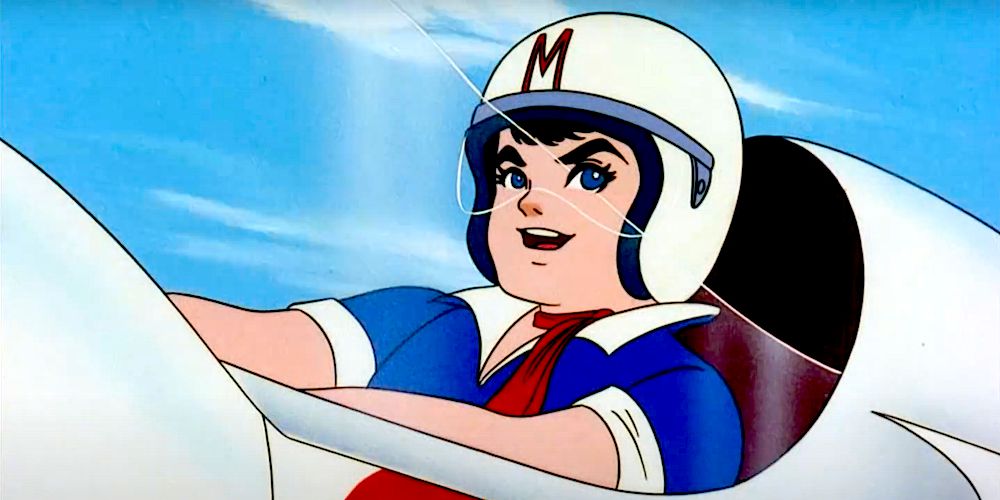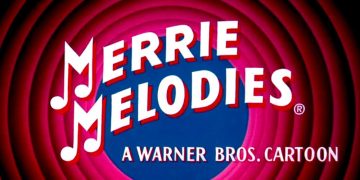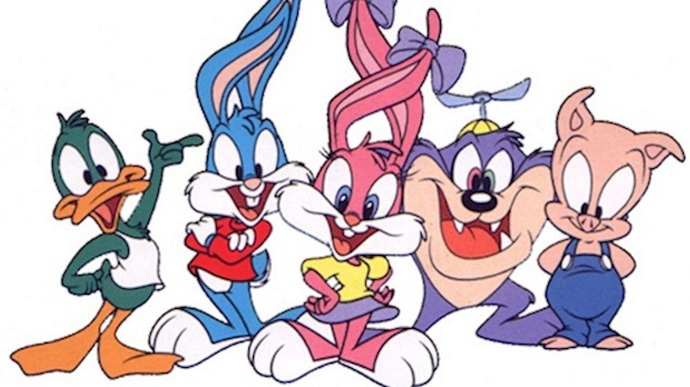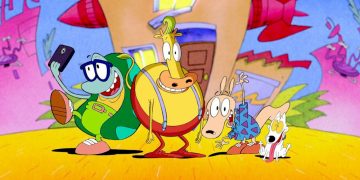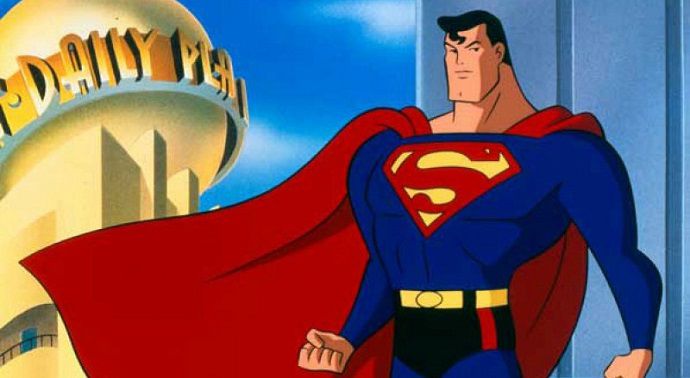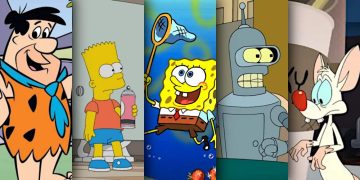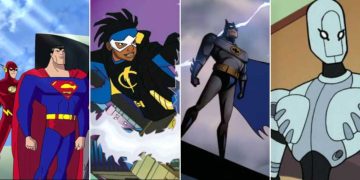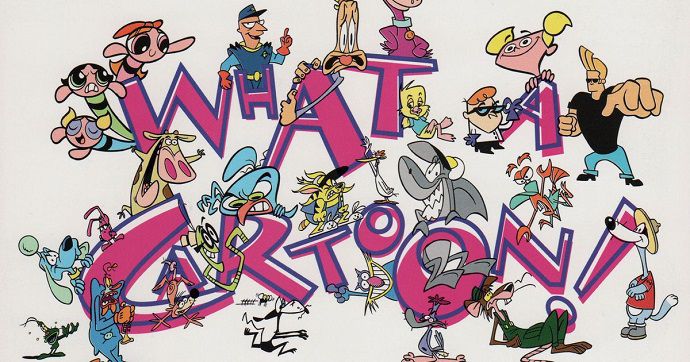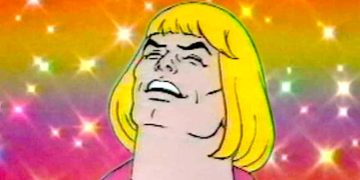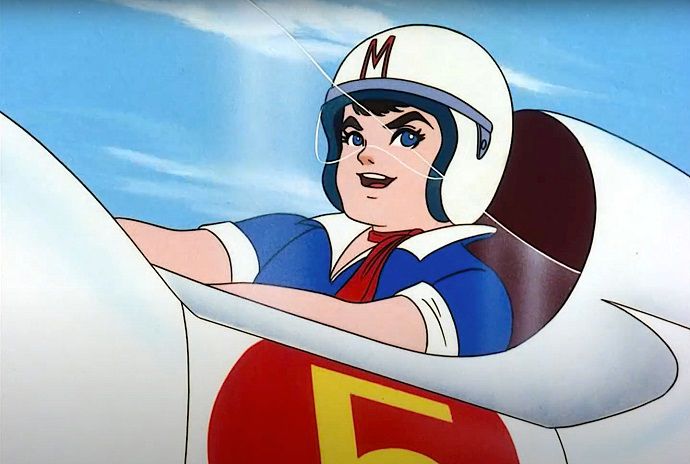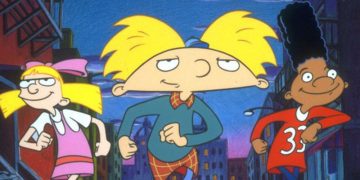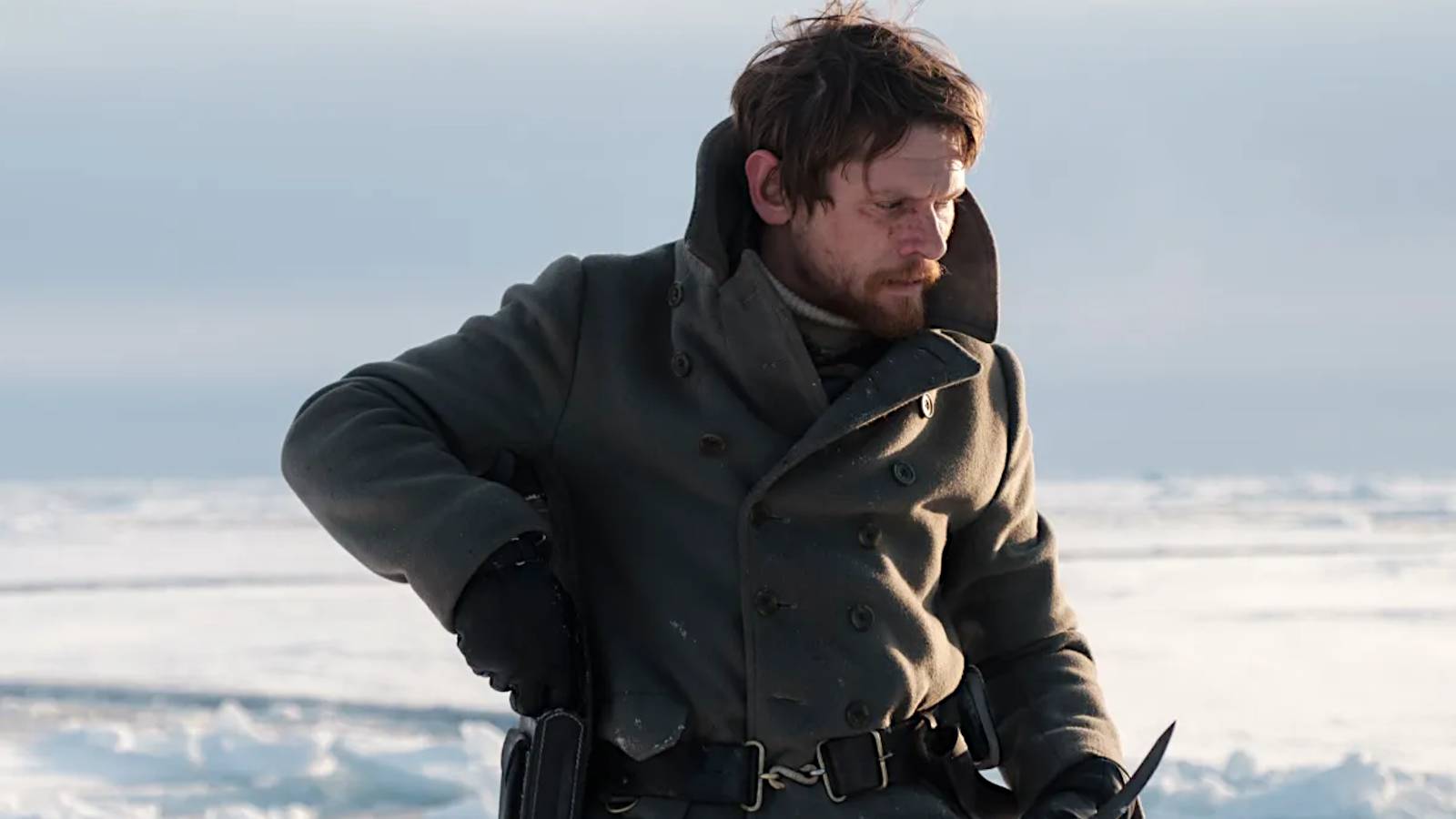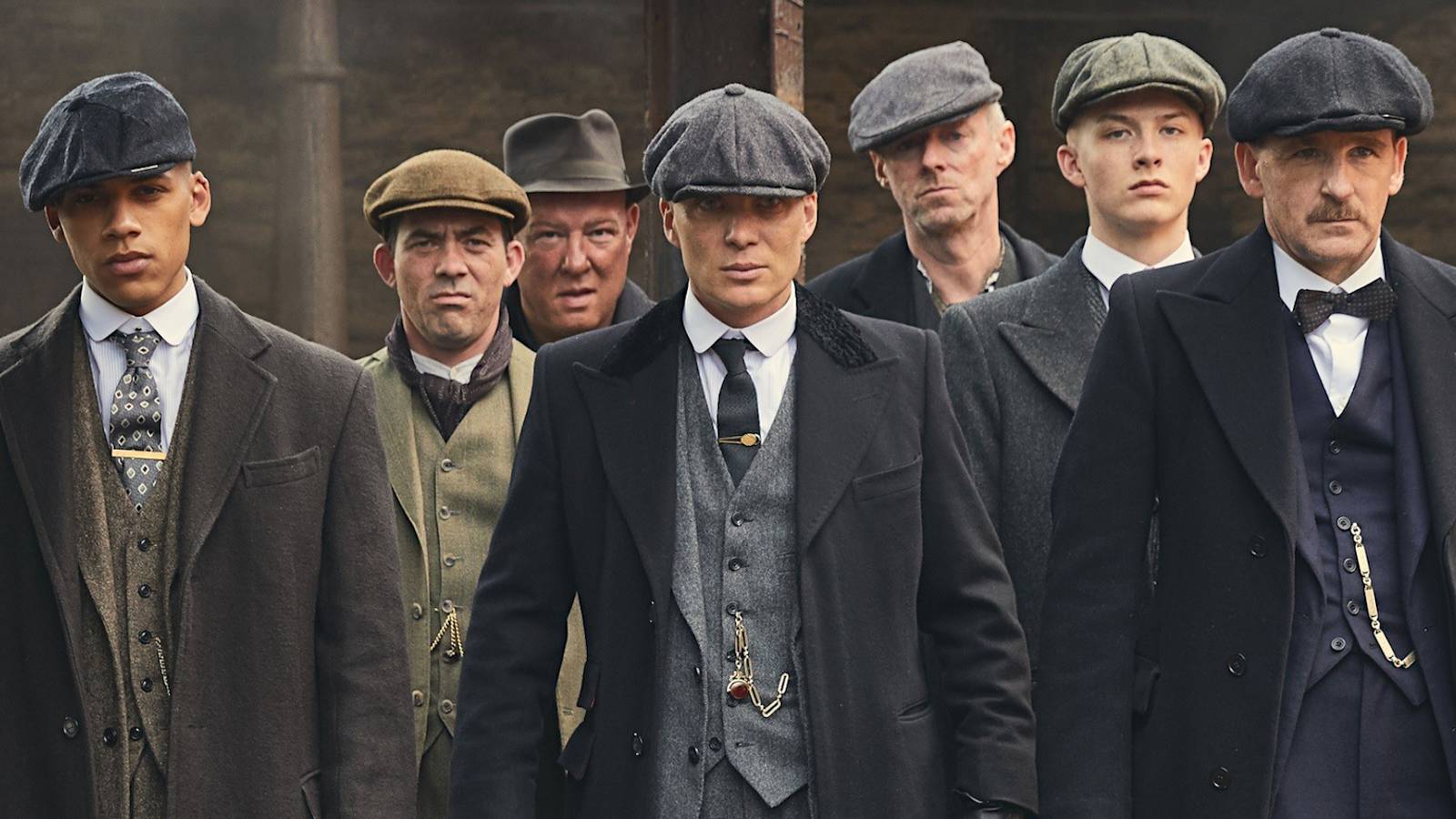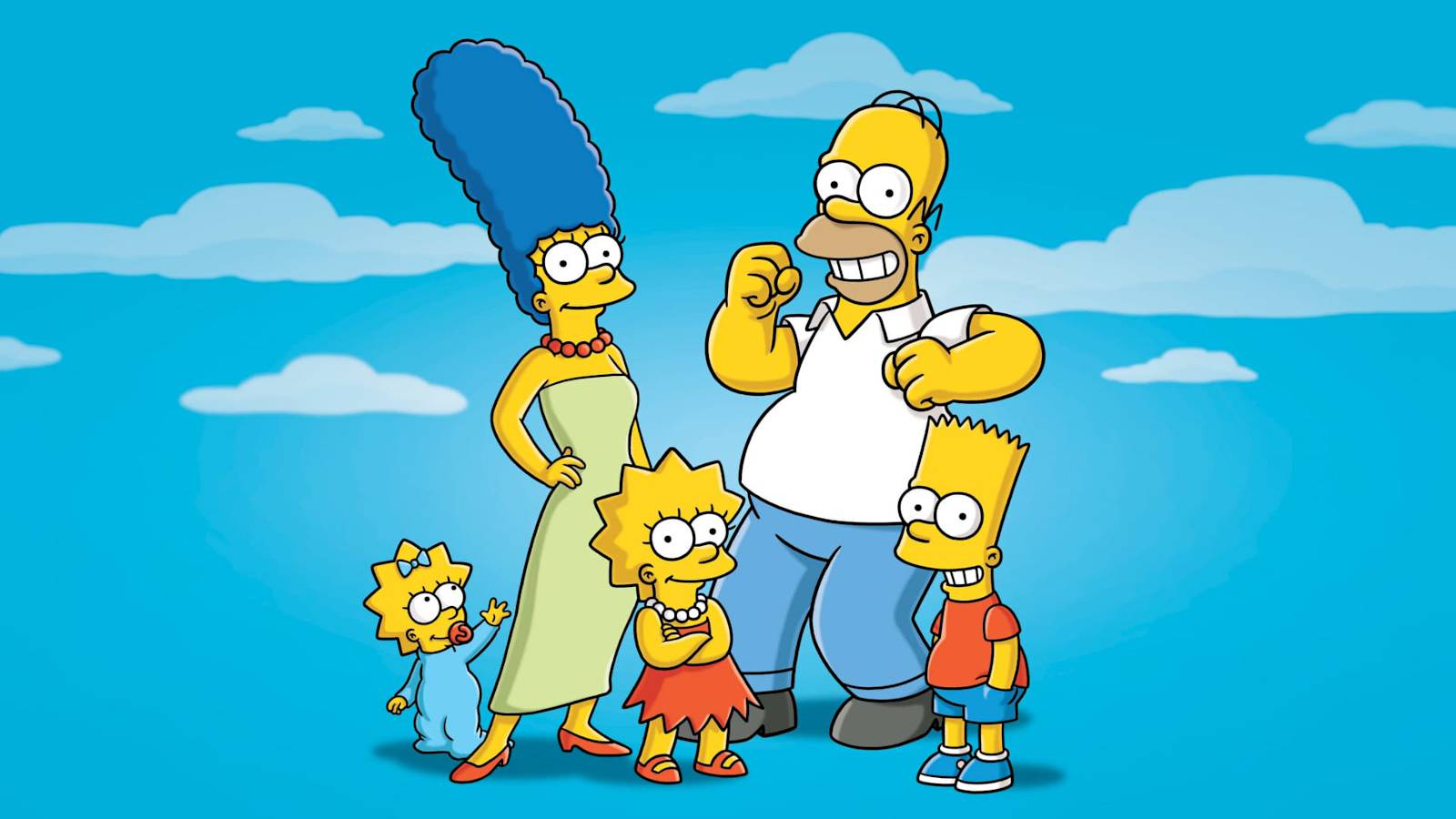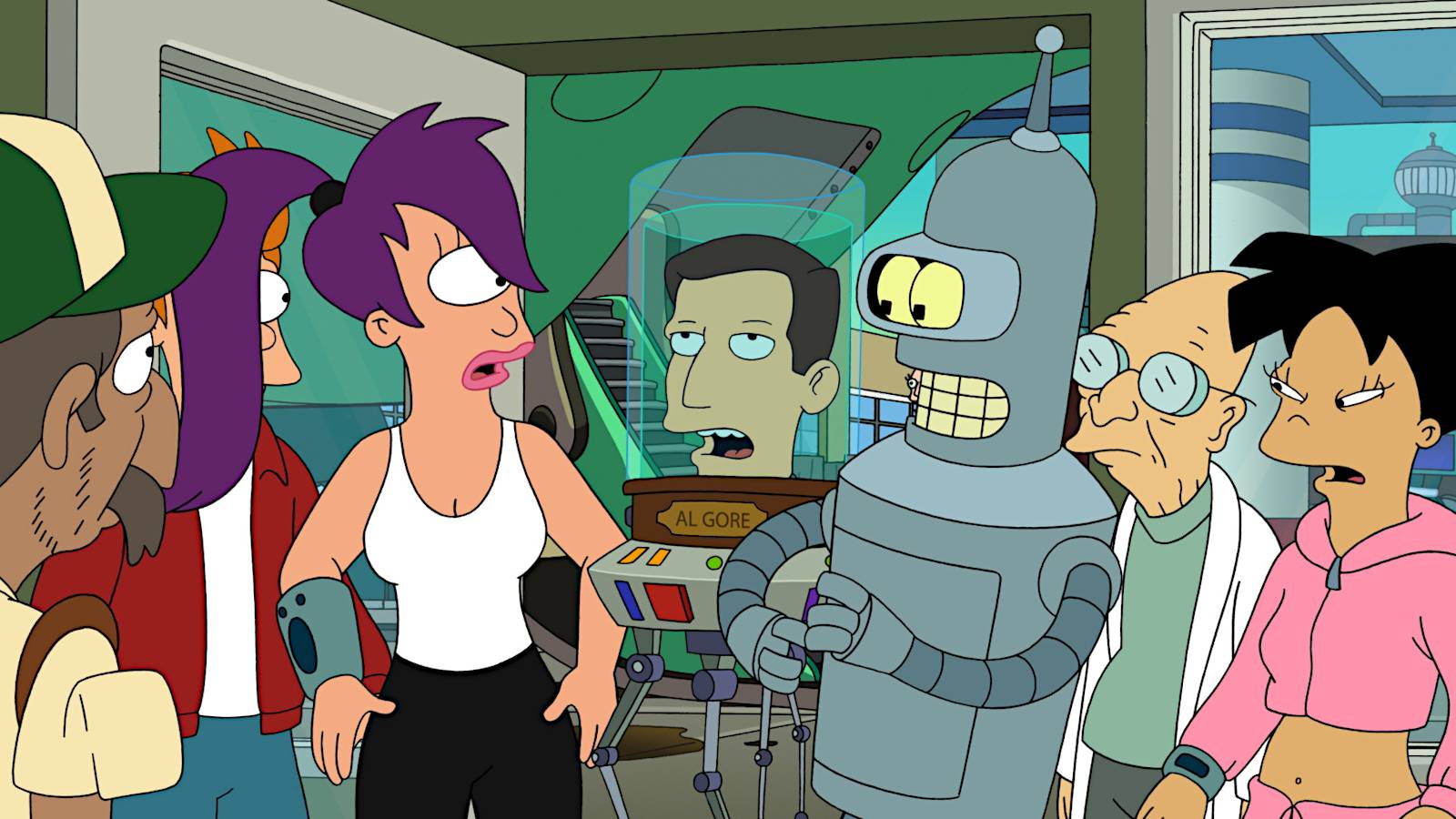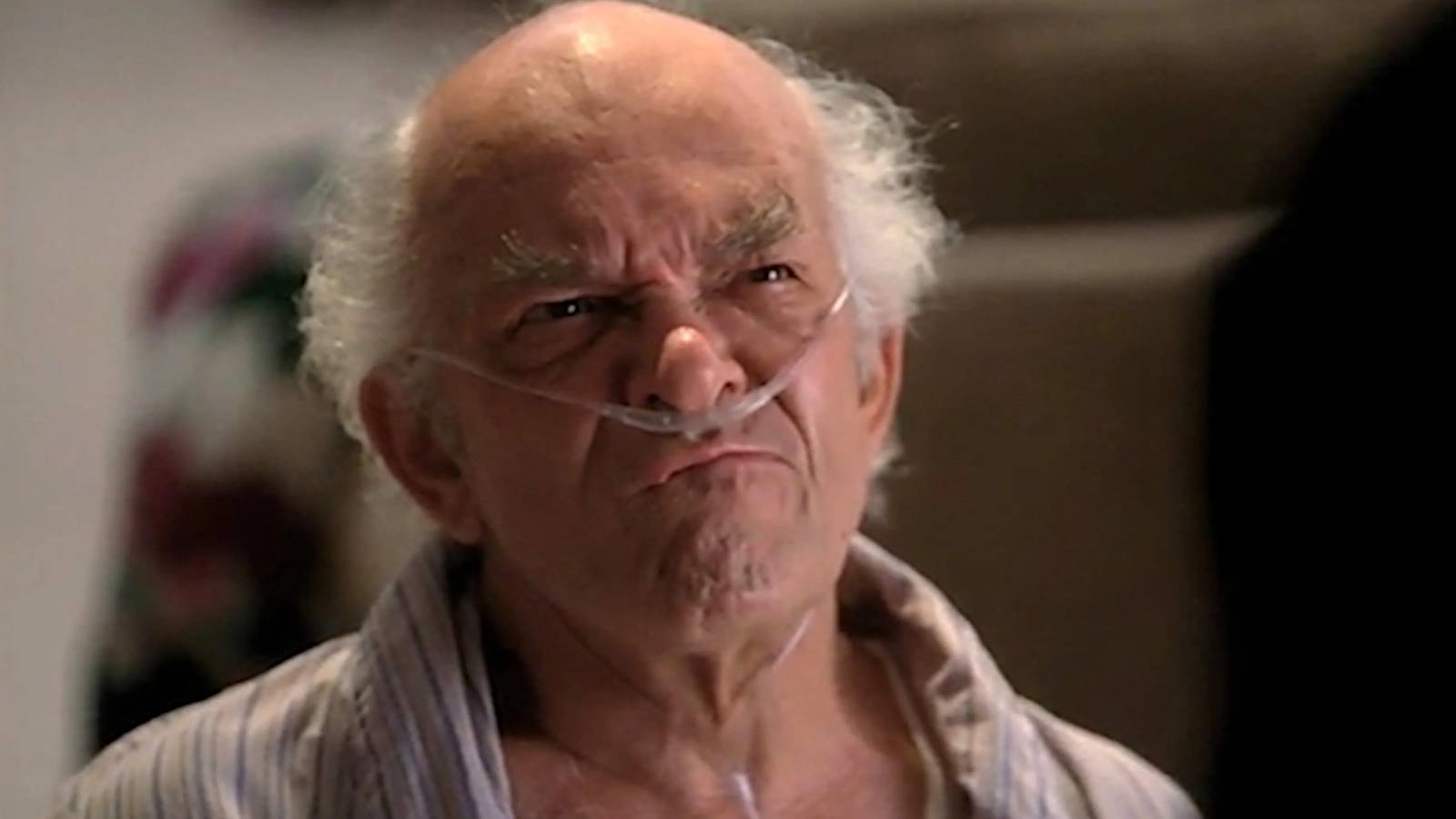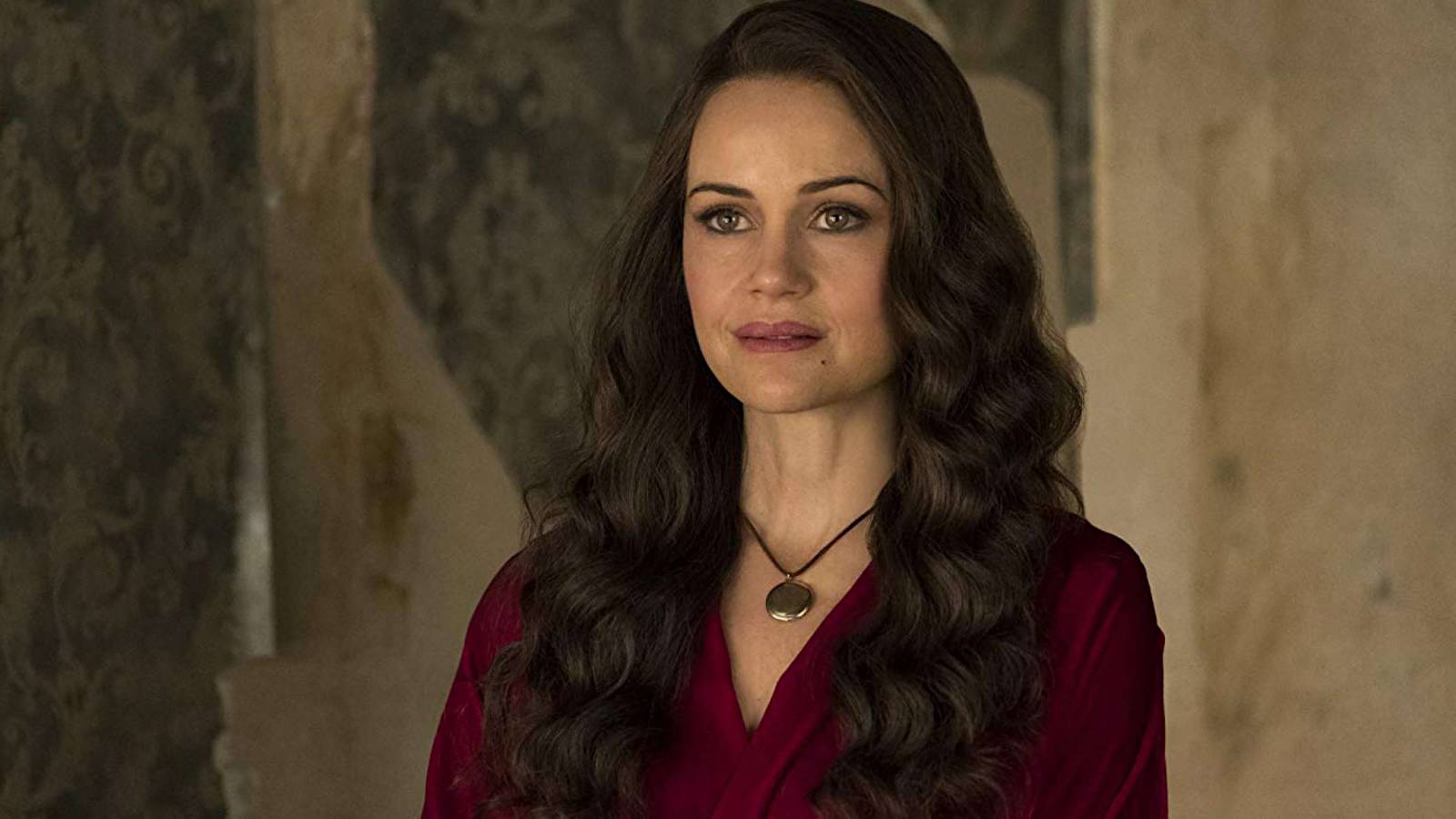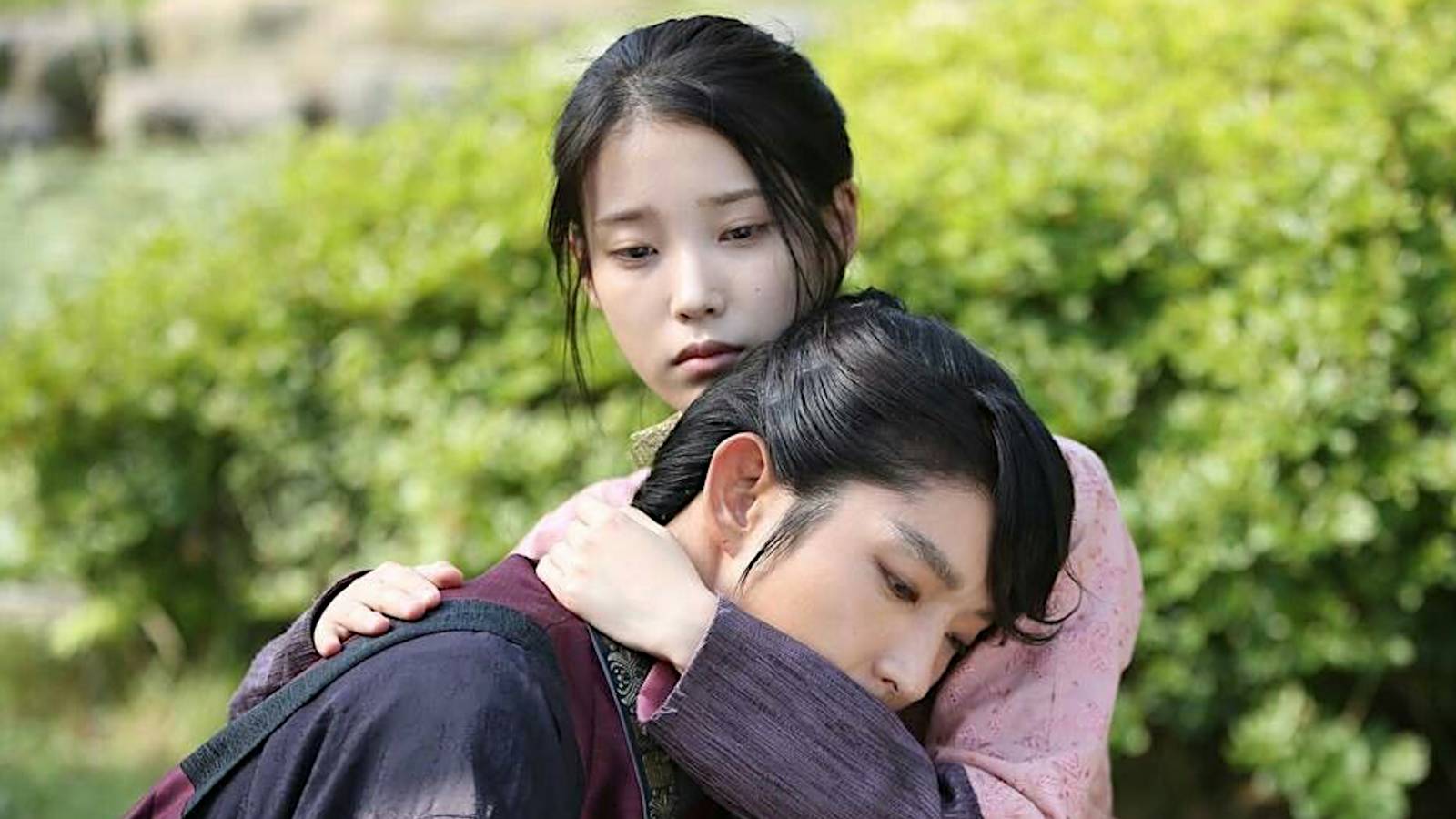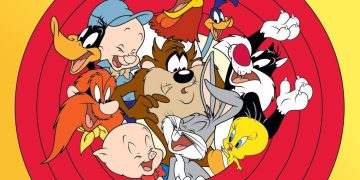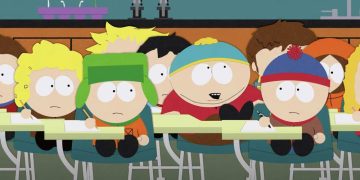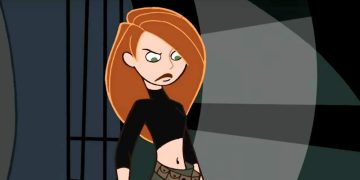1. Tiny Toon Adventures
Back in the early 90s, one of the most famous and successful filmmakers wanted to get into animation. Steven Spielberg, like most people his age, had grown up watching the misadventures of Bugs Bunny, Daffy Duck, and more.
But unlike most people, Spielberg had the reputation and persuasive strength to walk right up to Warner Bros. Animation and ask them to make a spin-off ofLooney Tunes.
The result?Tiny Toon Adventures, an animated cartoon show about a group of youngLooney Tunes-inspired characters training to be the nextLooney Tunesstars.
Related:The best Steven Spielberg TV shows
Buster Bunny, Plucky Duck, and Fifi La Fume were obvious homages to the classic characters, but the show wasn’t just a rehash of the usual antics.
Tiny Toon Adventuresnot only explored and parodied current events of the time, but it also touched upon some more timeless issues—like self-esteem and finding one’s own identity.
The show lasted three seasons and was a direct predecessor toAnimaniacs, which would feature a similar format but be unrestrained by the older show’s tie toLooney Tunes.
Tiny Toon Adventuresproved that a kids' TV show could be more than just a toy commercial, could include jokes and references for grown-ups, and could be enjoyable for all. Shows likeAnimaniacs,Rocko’s Modern Life, andRen and Stimpyfollowed in its steps and gave their own spins on whatTiny Toon Adventuresstarted.
Related:The best 90s Nickelodeon cartoons (Nicktoons)
2. Superman: The Animated Series
We all know thatBatman: The Animated Seriesis a classic. After all, that show is constantly featured on all kinds of “Best Animated TV Shows of All Time” lists—and for good reason!
And yes, that may have been the cartoon series that started the DC Animated Universe, which would then extend to Justice League and Justice League Unlimited. But it wasn’t the show that proved the idea of a “shared universe” could work.
That honor goes toSuperman: The Animated Series. If we were to use the MCU as a comparison, thenBatmanwould beIron ManandSupermanwould beThor.
WhenSuperman: The Animated Seriesfirst aired in 1996, the idea of a shared universe was largely unheard of (short of the occasional crossover episode meant to sell more toys). But once it aired, it felt like Superman and Batman lived in the same world.
Related:The best cartoon TV characters
Both of these animated TV shows shared many of the same showrunners and writers, who made use of similar motifs to bring their costumed heroes to life. Despite wildly different tones, both shows shared the same DNA.
When it all came to a head as Superman and Batman finally met inThe World’s Finest, it actually felt organic rather than forced.
Batmanmay have come first, butSupermanproved that the concept of a shared universe could work, allowing work to begin on the two Justice League spin-offs and forever changing the future of visual media as we know it.
Related:The best DC animated TV shows, ranked
3. What a Cartoon!
Back in the mid-90s, Cartoon Network looked very different to how we all might remember it. Owned by Turner Broadcasting, it was primarily relegated to showing old Hanna-Barbera cartoons—because that’s pretty much all they had the rights to.
In an effort to bring something fresh to the fledgling network and to recapture the excitement of creativity amidst a new generation of animators, then-president of Hanna-Barbera (Fred Seibert) pitchedWhat a Cartoon!
The idea was to create several dozen single-cartoon shorts from a diverse team of creators, giving each one the opportunity to capture their own audience and justify their own program.
Related:Nostalgic cartoon theme songs
And it was wildly successful. Dozens of shorts were produced and many of them caught the public’s attention, including some that would go on to become Cartoon Network’s biggest hits:The Powerpuff Girls,Courage the Cowardly Dog,Dexter’s Laboratory,Johnny Bravo, among others.
Cartoon Network would later become a massive force for Western animation, but without these TV shows launched byWhat a Cartoon!, the network may never have found its footing.
What a Cartoon!ran for only three years, but it was pivotal in establishing Cartoon Network and allowed the network to make animation accessible and exciting to a whole new generation.
4. Speed Racer
Speed Racerwasn’t the best anime of its time, nor was it the first anime to be brought to Western shores, but there is a special place in animated TV history for it—becauseSpeed Racerbecame one of the first major cultural touchpoints outside of Japan.
The show’s simple format and focus on action made it highly accessible to young people in the US, while the soap opera plot was tolerable for parents forced to watch alongside their kids.
With its jarring lip flaps and rough dubbing,Speed Racerisn’t an easy show to go back and rewatch. But without its success, we might never have gotten other anime series in the West.
Speed Racerintroduced a slew of anime tropes, such as the overly dramatic reveal or the treating of something as mundane as car racing as something that could dominate the world stage. Plus, it had one of the most memorable theme songs of any TV show!
Read next:The best 90s cartoons and animated TV shows



![]()
